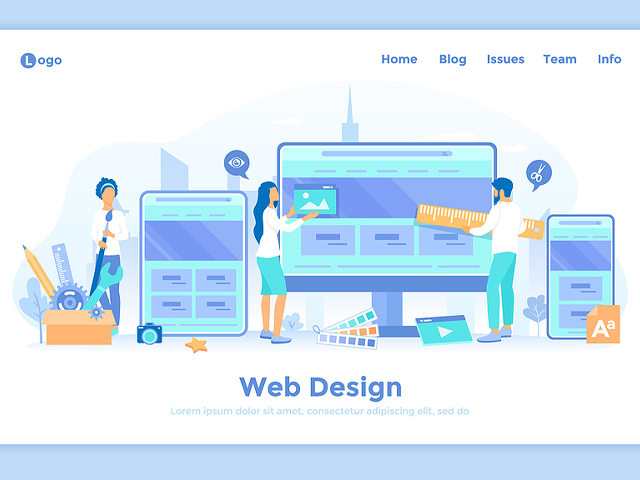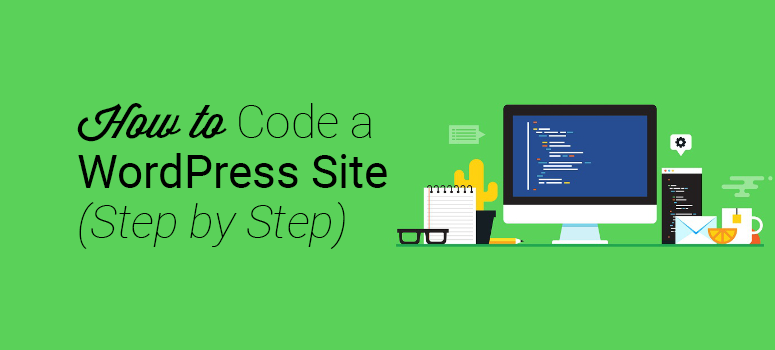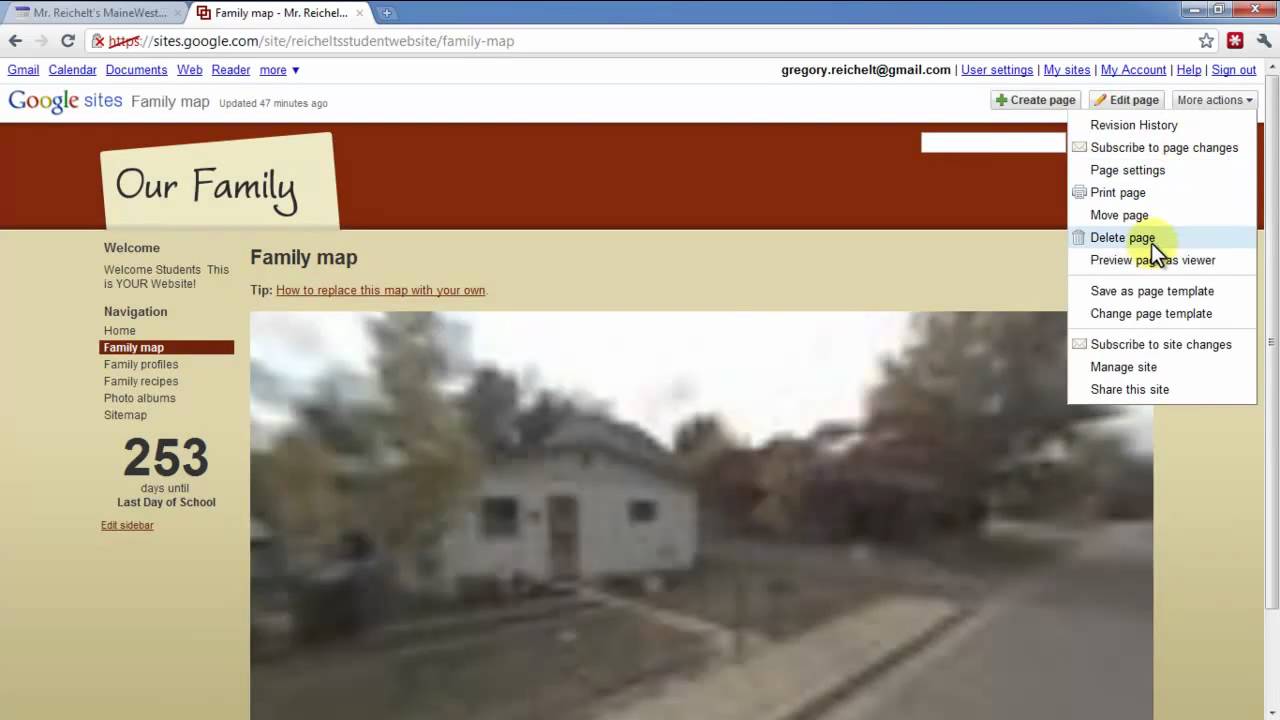
The footer of a website's site is the section at the bottom of the site. It can contain any type HTML material. This section can contain text, images, or links. This is a standard part of many websites. The following are some examples of common footer content. Learn how to make and use footers for your website.
Designing a website footer
The footer of your website should highlight the most important information about your business. This might include links that take you to your social media pages and contact information. The footer can be used to provide vital information and a call-to-action (CTA) to encourage visitors to subscribe to your mailing list, or to contact you.
A footer should be designed to serve its intended purpose. Be aware that the footer should not contain too much information. Ideal design is one that has minimal clutter and uses lots of white space.
Formulas in the footer
For many purposes, you can use the footer form of a webpage. You can use them for sending thank-you messages to visitors or auto-responder mails. These forms allow you to send detailed messages to your visitors. These forms can route submissions to other departments or individuals. They can also connect to other technologies and software platforms.

The footer can be customized to match your brand voice. Once you've created your footer, you can place it anywhere on a webpage.
Internal links
Google treats different internal links depending on their placement on a page. The footer contains internal links that are not part of the main content. John Mueller explains why internal links on pages are weighted differently to those in the header. This can be advantageous for SEO purposes.
You should ensure that the anchor text refers to the page it is linking to in order to increase the effectiveness and effectiveness of internal hyperlinks. Instead of linking to an entire paragraph, use a few words/phrases that are relevant. The anchor text should not be considered spam. You should also avoid unoptimized sentence fragments.
Sitemap
Sitemap footers must be easy to use by visitors to your website. A sitemap footer with links to other pages should be as effective as the navigation points at the top-level menu bar. The footer should not be too big, however, and should provide users with easy-to-read links.
Every webpage should have a sitemap footer. This allows users to quickly jump to the next level of your site hierarchy. The sitemap footer design was developed by Nielsen Norman Group. It is copied by the company.

Phone/Fax No
You might want to add a phone number or fax number to your website. Most businesses put contact information in the footer of their website. This information should include an address, e-mail address, and phone number. You can also link to a separate page that contains more information, such as a contact form.
Two primary functions serve the footer of a website. The first is to provide useful information to visitors. It is the first place that visitors look when they want to learn more about a company. It's a great place for social media icons, event times, and other important links.
FAQ
Which platform is best for designing a website?
WordPress is the best platform when it comes to designing websites. It offers all the features that you need to build a professional-looking website.
These themes are simple to install and modify. You have thousands of options for free themes.
You can also add functionality by installing plugins that allow you to do everything from adding social media buttons to adding forms and contact pages.
WordPress is very user-friendly as well. You don’t need to know HTML code to edit your theme files. Click on an icon to select the theme you wish to change.
While there are many options for platforms, WordPress is my favourite. It has been around forever and is still widely used by millions.
What Should I Include In My Portfolio?
Your portfolio should consist of all these things:
-
Some examples of your past work.
-
If possible, links to your site
-
Link to your blog.
-
Links to social media pages.
-
These links will take you to the online portfolios of designers.
-
Any awards you've been awarded.
-
References.
-
Take samples of your work.
-
These are links showing you how to communicate effectively with clients.
-
Links showing you're willing to learn new technologies.
-
These links show that you are flexible.
-
These links show your personality.
-
Videos showing your skills.
Can I make my website using HTML and CSS?
Yes! Yes!
Now that you are familiar with how to create a website's structure, you will also need to be familiar with HTML and CSS programming.
HTML stands as HyperText Markup Language. You can think of it as writing a recipe. You'd list the ingredients, instructions, along with directions. HTML also tells a computer what parts of text should be bolded, underlined or italicized. It is the language of documents.
CSS stands to represent Cascading Stylesheets. It's like a stylesheet for recipes. Instead of listing each ingredient and instructing, you can write down general guidelines for font sizes, colors and spacing.
HTML tells the browser how a page should look; CSS tells it what to do.
You don't have to be a prodigy if you don’t get the terms. Follow the tutorials below, and you'll soon be making beautiful websites.
How can I make a website for free?
This will depend on the type and purpose of your website. Are you trying to sell products online, create a blog or build a portfolio of websites?
A combination of HyperText Markup Language, Cascading Stil Sheets and HTML can create an essential website. You can create a simple website with HTML and CSS. But most web developers recommend using a WYSIWYG editor (such as Dreamweaver, Frontpage).
Hiring a freelance developer is a good option if you don’t have much experience with designing websites. A freelance developer can create a website tailored to your needs.
You can either pay a flat rate per project or an hourly rate to a freelance developer. The cost of hiring a freelancer varies depending on how much work they complete within a given timeframe.
For example, companies may charge 50-100 dollars an hour. Larger projects will usually attract higher rates.
Many freelance websites also list open jobs. You can search there before you contact potential developers directly.
Can I use HTML & CCS to build my website?
Yes, you can! It's possible! You need to have basic knowledge in web design and programming languages, such as HTML (Hyper Text Markup Language), CSS and Cascading Style sheets (Cascading CSS Sheets). These languages can be used to create websites which can then be viewed by everyone who has an internet connection.
Statistics
- The average website user will read about 20% of the text on any given page, so it's crucial to entice them with an appropriate vibe. (websitebuilderexpert.com)
- It enables you to sell your music directly on your website and keep 100% of the profits. (wix.com)
- Is your web design optimized for mobile? Over 50% of internet users browse websites using a mobile device. (wix.com)
- At this point, it's important to note that just because a web trend is current, it doesn't mean it's necessarily right for you.48% of people cite design as the most important factor of a website, (websitebuilderexpert.com)
- In fact, according to Color Matters, a signature color can boost brand recognition by 80%. There's a lot of psychology behind people's perception of color, so it's important to understand how it's used with your industry. (websitebuilderexpert.com)
External Links
How To
How to become an internet developer?
Websites are more than just HTML code. It is an interactive platform that allows users to communicate and delivers valuable content.
Websites can be more than just a means of delivering information. It should also serve as a portal to your company. It should help customers find what they need quickly and efficiently while also showing them how you want them to interact with your company.
The best websites enable visitors to find exactly what they want and then move on.
You'll have to learn technical skills and design aesthetics to achieve this goal. It is necessary to be familiar with HTML5 and CSS3 coding, as well as the most recent developments in JavaScript and other programming languages.
A variety of tools are required, including InDesign, Photoshop, Illustrator and Fireworks. These tools enable designers to create website graphics and layouts. And finally, you'll need to develop your style guide, which includes everything from fonts to colors to layout.
You can learn more about web design by looking at articles, enrolling in college courses or reading online courses.
While it may take several months to complete your degree program completely, once you have it, you are ready to go into the workforce.
And don't forget to practice! Designing will improve your ability to build great websites.